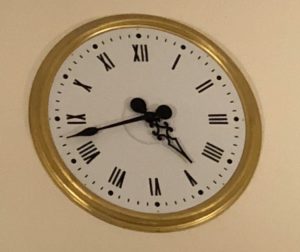Or…
“own your content“.
I recently discovered that my hosting provider mucked up my WordPress installation pretty severely. Granted, it was a multi-site installation, but it was set up in a way that urls kept getting re-written back to the base site, instead of sticking with the current site. This seemed to happen during upgrades and/or moving from staging to production. I only blame them because they handled the set up, but it was my fault for not automatically catching it right away. During the remediation process, I learned noticed my links to external images had died. Not just some of them, but every single one. The first key take away is that if you care about your site, you really need to check on it periodically, including searching for broken links. The other key take away is that you need to host any content you don’t want to go away.
I automatically search for and flag broken links on my SAAS sites, but I wasn’t checking here.
Regardless, I have had the opportunity to revisit old blog entries and articles written over the past few years. The big thing to stand out, is that every single external image I linked to, is now dead. Even images for my own iPhone apps at Apple.com. This is a lesson that I keep on learning. So, if you write a post, tweet, or article, if you don’t host it on your own server, it is a question of it the link or content will disappear, but of question of when it will disappear. This is probably why I’m so reluctant to post on sites like Medium.com.
My Concept of Operations is this
- Post first on Medium, or Twitter.
- Republish later onto my own WordPress site (here).
- Revisit tools to make this easier.
Regarding that last point, in 2011 (so long ago) I developed a plugin to help with cross posting tweets. It worked great at the time, but it only linked to external images, which, as mentioned here, proved problematic. Maybe it is time to revisit that plugin.
I still want to repopulate those missing images, but …